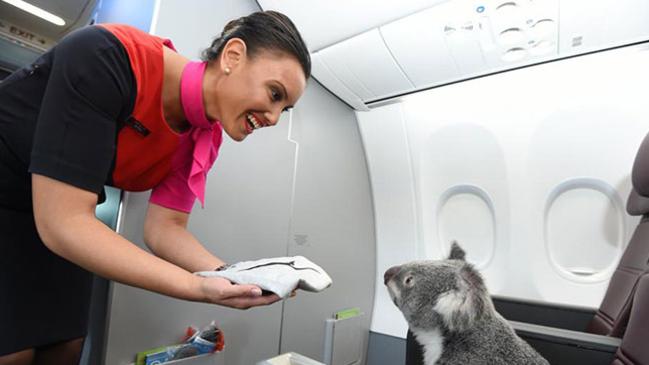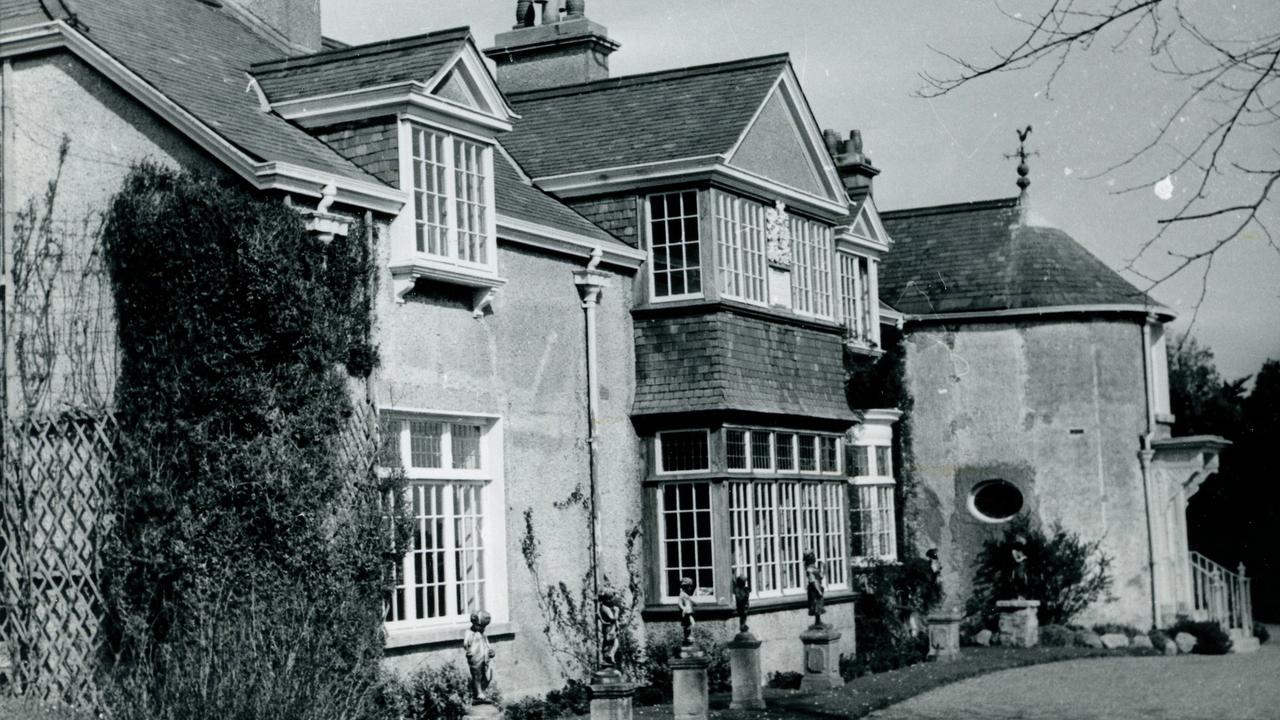Flight attendants: glamour and discrimination in a turbulent industry
The advent of air travel opened up work opportunities for women, but the industry was not without challenges.

The air hostess was an immediate symbol of the jet-set era. The hair, the uniforms, the fashions were all synonymous with the world of glamour and international travel.
We don’t call them air hostesses any more because that’s politically incorrect. Prudence Black’s fine book about Australian air hostesses is a nostalgic and engaging backwards glance at their heyday.
Some years ago, a friend in Brisbane put a personal ad in a paper that read: “Wanted — grounded Qantas hostie.” It worked. He married her and as far as I know they are still together. Hostesses were seen as desirable, but let’s begin at the beginning.
Ellen Church became the world’s first hostess, or stewardess, in the US in 1930. In the years that followed, air hostesses were represented, especially in films and popular fiction, as a unique combination of care, capability and glamour. Just the sort of woman a man would want to marry, like my friend in Brisbane.
Only six years later the first group of Australian air hostesses started working on board and were similarly promoted in the national media. Indeed, there was a widespread view among potential Aussie travellers that if a reassuring and capable young woman was working on an aircraft, then flying must be safe.
Air travel created a modern workplace that allowed young women to have a job potentially filled with adventure, state-of-the-art technology and work that was sometimes thrilling but often demanding and exhausting.
Moreover, the airline hostess symbolised a new kind of working woman: independent but also trained, as the author puts it, to “self-regulate as an aesthetic object and at the same time be an expert professional”.
Smile, Particularly in Bad Weather takes off with the beginnings of this pioneering profession in the mid-1930s and lands in 1983.
The latter date was when airline hostesses, along with male flight stewards, were renamed flight attendants. It seems an appropriate cut-off point. Moreover, the new name marked a significant victory in which female workers had successfully asserted themselves.
Often single, these women, some of whom worked on the longest, most isolated and challenging air routes in the world, had joined forces in 1956 to create the Airline Hostesses Association, one of the first female professional unions in Australia.
“Not only did this association make an issue of the difficult physical conditions of flying,” Black writes, “but it also responded to the threat of early forced retirement once the airline hostesses no longer conformed to the industry-promoted image of youthful beauty.”
This book usefully describes how in the 60s, 70s and early 80s the unionised ‘‘hosties” fought against being stereotyped and discriminated against in terms of wages and working conditions.
The final chapter powerfully chronicles the gender wars in the Australian aviation industry after Reginald Ansett called a group of air hostesses “a batch of old boilers”. Black counterpoints this offensive, highly sexist utterance with the fact, by the early 80s, male stewards were finally allowed and encouraged to work on our domestic airlines.
All in all Smile, Particularly in Bad Weather sheds new light on the importance of a profession that helped change the employment landscape for women.
Some of the black-and-white illustrations and coloured plates are a hoot. A standout is a photograph, taken in August 1938, of then prime minister Joseph Lyons — who cartoonists often depicted as a cuddly koala — arm in arm with a group of Australian National Airways air hostesses. As it happens, Lyons was one of ANA’s most genial passengers on his trips from his home state of Tasmania.
But my favourite photograph, taken in 1959, is of a captivating Qantas flight hostess holding a real koala. Designed to capture the attention of the overseas market, the image features a hostie wearing Qantas’s new “Jungle Green” uniform and wearing a seemingly permanent smile. It’s all a bit of retro fun in a book that also has a serious intent in recording the empowerment of women.
Ross Fitzgerald is emeritus professor of history and politics at Griffith University.
Smile, Particularly in Bad Weather
By Prudence Black
UWA Publishing, 310pp, $29.99


